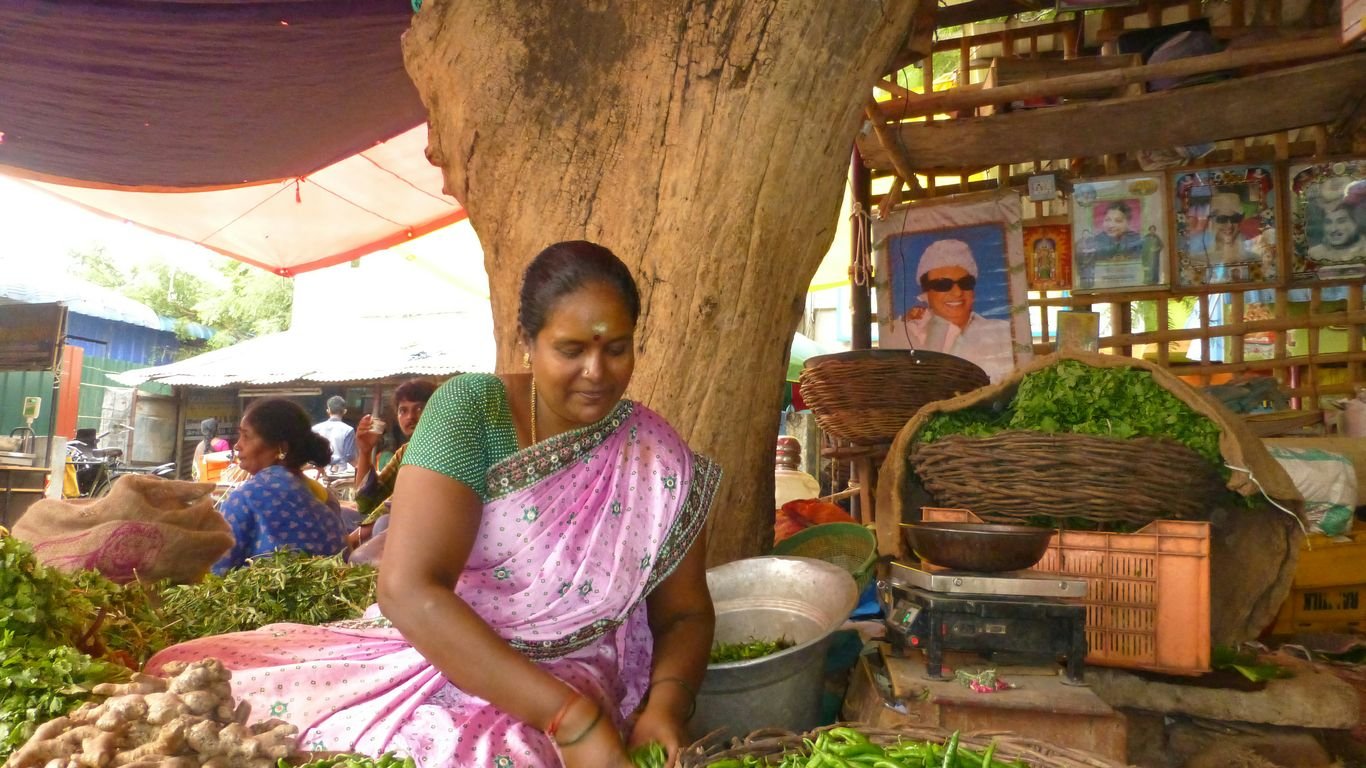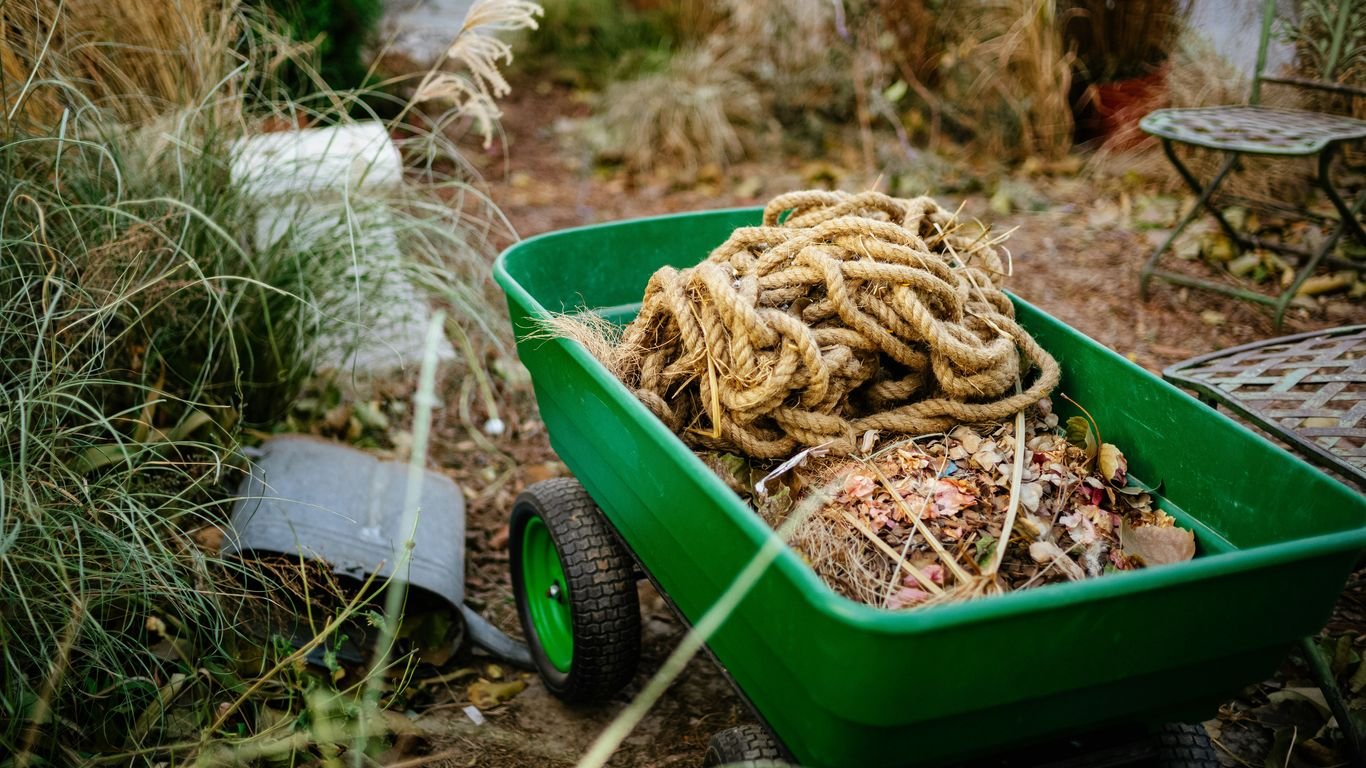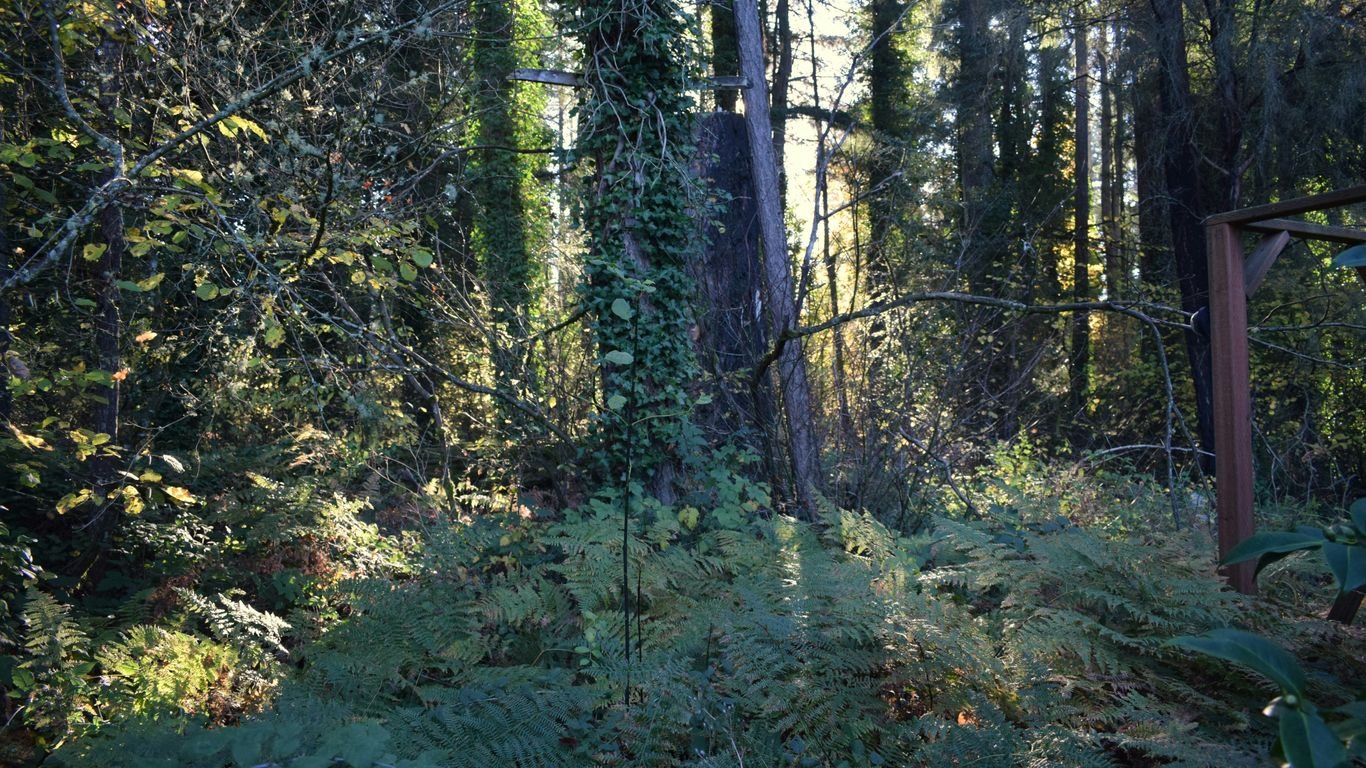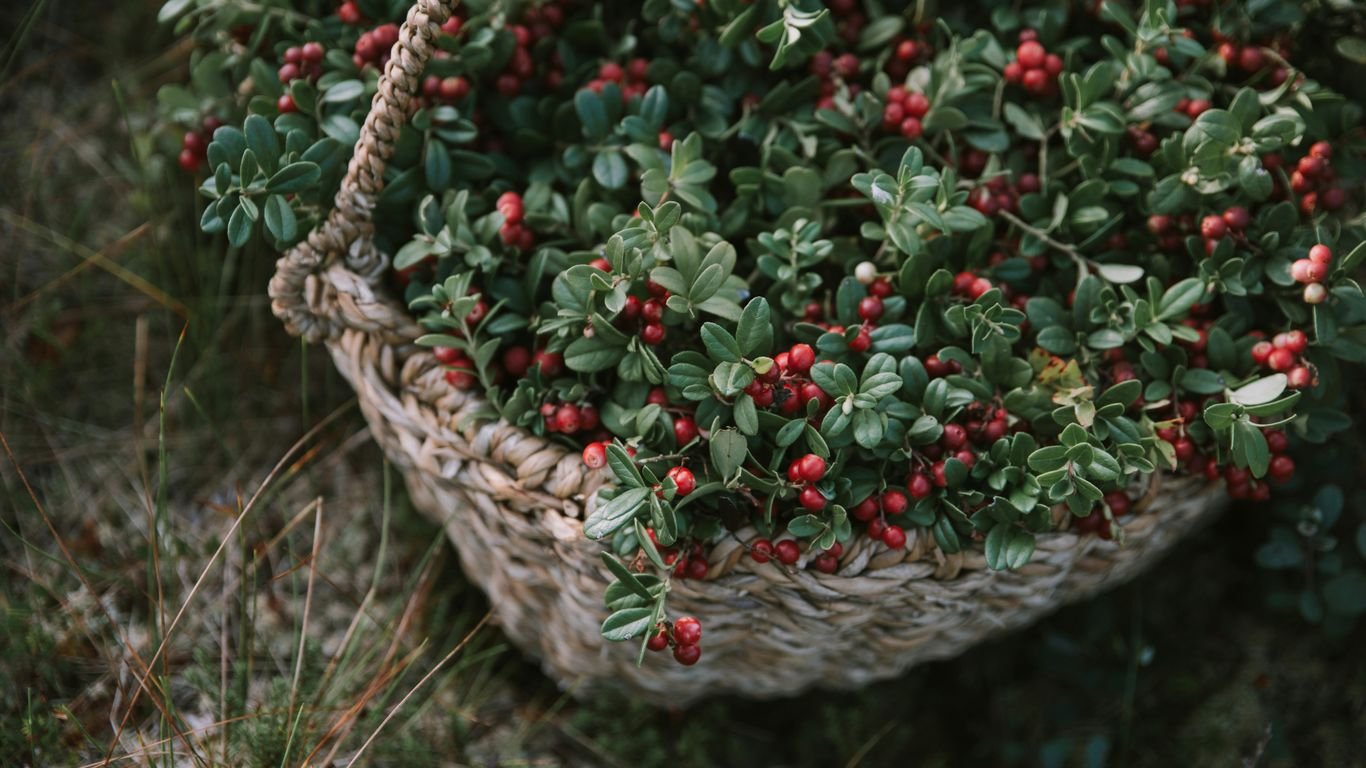December Canning and Preserving: Stocking Your Pantry for Winter

As the days get shorter and the weather turns colder, we often think of summer as the prime time for canning. But what if we told you that December can be a fantastic month for stocking your pantry? We can explore new recipes, use up those last bits of seasonal produce, and get a head start on filling our shelves for the long winter ahead. This guide will help us make the most of our December canning efforts.
Key Takeaways
- December offers unique opportunities for canning, especially with ingredients like citrus that are in season.
- We can explore new recipes and techniques during the slower pace of winter, moving beyond traditional summer harvests.
- Utilizing frozen concentrates and non-seasonal ingredients opens up possibilities for jellies, hot sauces, and sweet treats.
- A well-organized pantry and a clear plan are important for successful and enjoyable canning projects.
- Creative canning can lead to thoughtful gifts and delicious additions to our winter meals, making the most of our december canning guide.
Embrace Winter Canning Opportunities

While summer and fall often get all the glory for canning, we’ve found that December offers some really unique chances to fill our pantries. It’s a time when the hustle of the harvest season has passed, giving us a bit more breathing room to get creative in the kitchen. Winter canning is all about making the most of what’s available and adding some special touches to our winter meals.
Why December Is A Great Time To Can
The slower pace of December is a big plus. We can finally tackle those canning projects we might have put off during busier months. Plus, it’s a fantastic time to use up those frozen concentrates or to experiment with ingredients that aren’t strictly seasonal. Think about citrus fruits, which are often abundant and affordable this time of year. We can turn them into bright, flavorful marmalades and jellies that will be a welcome treat on a cold morning.
New Recipes For A New Season
December is the perfect month to try out some new, tested recipes. Maybe you’ve always wanted to make a spicy hot sauce or a complex chutney. The National Center for Home Food Preservation (NCHFP) has a ton of great recipes that are perfect for winter. We’ve been eyeing their orange jelly recipe, which uses frozen concentrate. It sounds like a simple way to get a burst of citrus flavor without needing fresh oranges.
Utilizing Frozen Concentrates For Jellies
Using frozen concentrates is a smart move in December. It lets us capture the essence of fruits that might not be in season locally. For instance, making jelly from frozen orange juice concentrate is surprisingly easy and yields a wonderful product. It’s a great way to have a taste of sunshine even when it’s chilly outside. We just need to make sure we follow tested recipes carefully for the best results.
Stocking Up With December Canning Guide
December might not be the first month that comes to mind for canning, but we’ve found it’s a fantastic time to fill those pantry shelves. While summer harvests get a lot of attention, winter offers unique opportunities to preserve flavors and create shelf-stable goodies that will brighten up the cold months. It’s all about planning ahead and using what’s available, whether that’s late-season citrus or even frozen concentrates.
Canning For Flavor And Spice
This time of year, we love to focus on preserving ingredients that add a kick to our meals. Think about canning hot sauces using those last bits of peppers from the garden or perhaps some chili-infused oils. Citrus fruits are often abundant and affordable in December, making them perfect for marmalades and candied peels. These aren’t just about sweetness; they bring a bright, zesty flavor that can cut through the richness of winter dishes. We also find it’s a great time to experiment with spice blends. Grinding your own spices and then canning them in small batches can preserve their potent aroma and flavor for months. Don’t underestimate the power of a well-spiced preserve to transform a simple meal.
Shelf-Stable Goodies For Winter
When we think about stocking up, we’re aiming for items that last and provide comfort. Canning is our go-to method for creating these long-lasting provisions. We’ve found that pressure canning things like broths or even certain meats can be incredibly useful for quick weeknight dinners. For those who prefer water bath canning, think about fruit butters, relishes, and pickled vegetables. These are perfect for serving alongside holiday meals or just enjoying on a chilly evening. It’s also a smart way to use up any remaining produce that might not store well in the fridge for much longer. For newcomers to canning, exploring simple canning recipes and preservation advice can be a great starting point explore simple canning recipes.
Planning Your December Canning Projects
Having a plan is key to successful canning, especially in December. We like to take stock of what we have and what we might need for the coming months. This involves looking at our pantry inventory and thinking about meals we want to make. Do we need more soup starters? Are we running low on breakfast spreads? Creating a list helps us focus our efforts. We also consider what’s available seasonally or on sale. Sometimes, a great deal on oranges or cranberries can inspire a whole batch of marmalade. It’s also a good time to review past canning successes and failures. Did that batch of apple butter turn out as well as we hoped? Maybe we need to adjust the recipe next time. This reflective process helps us refine our canning strategy for the future.
We find that dedicating a specific weekend or even just an afternoon to canning makes the process feel less overwhelming. It’s about carving out time to do something productive that benefits us all winter long. Even a few hours can yield a surprising amount of delicious, preserved food.
Here’s a quick look at some December canning ideas:
- Citrus Marmalades (Oranges, Grapefruits, Lemons)
- Cranberry Sauces and Relishes
- Pickled Root Vegetables (Beets, Carrots)
- Spiced Apple or Pear Butters
- Homemade Hot Sauces
- Broth or Stock Canning (Pressure Canning Required)
Beyond Summer Harvests: Winter Preserves
Just because the summer bounty has faded doesn’t mean our canning adventures have to stop. Winter offers a unique chance to get creative in the kitchen, especially when we don’t have to rely solely on what’s fresh from the garden. We can explore new recipes and use ingredients that might not be in season locally but are readily available.
Canning With Non-Seasonal Ingredients
We often think of canning as a summer and fall activity, tied to the peak harvest. But winter is actually a fantastic time to try out those recipes you bookmarked months ago. Think about using frozen concentrates for things like jellies or jams. For instance, we found a great recipe for orange jelly using frozen orange juice concentrate and powdered pectin. It’s perfect for a dreary winter morning on some toast. It’s amazing how a little bit of preserved sunshine can brighten a cold day.
Spicing Things Up With Hot Sauces
If sweet isn’t your thing, winter is also a great time to make your own hot sauces. Many recipes use pantry staples like vinegar, garlic, and canned tomatoes, with just a few fresh items like hot peppers and cilantro needed. Wearing gloves when handling hot peppers is a must, trust us on this one! These homemade sauces are wonderful for adding a kick to soups, chili, or even just some scrambled eggs.
Sweet Treats From Citrus
Citrus fruits really shine in the winter months, making them perfect for preserving. We love making marmalades and citrus jellies. You can often find great deals on oranges this time of year, so it’s a smart move to can up some orange marmalade or a cranberry-orange blend. These bright, flavorful preserves are not only delicious on their own but also make wonderful gifts for friends and family.
Here’s a quick look at some ideas:
- Orange Jelly: Uses frozen concentrate, great for toast.
- Hot Sauce: Uses pantry staples and fresh peppers, adds spice to meals.
- Citrus Marmalades: Perfect for winter citrus, makes great gifts.
Don’t be afraid to try recipes that call for ingredients you might not have grown yourself. Winter is the season for expanding our canning horizons and discovering new favorites that will last us through the colder months.
Smart Canning Strategies For Your Pantry

We’ve spent time talking about what to can and how to can it, but now let’s chat about making sure all those jars of goodness actually get used and stay organized. It’s easy to get carried away during peak season and end up with more than we can handle, or worse, forget what we even put up!
Organizing Your Canned Goods
First things first, let’s get those jars in order. Having a designated spot for your canned goods is a game-changer. Whether it’s shelves in your basement, a pantry, or even a cleaned-out closet, make sure it’s cool, dark, and dry. We found that keeping our jars on open shelves, even though they’re in the garage, makes it easy to see what we have. The goal is to be able to glance and know exactly what’s on hand. If your shelves are out of the way, consider moving some of your more frequently used items to a more accessible spot, maybe a mudroom closet with some sturdy shelving. It makes a big difference when you’re just trying to grab a jar for dinner.
Tracking Your Preserving Success
Keeping track of what you’ve canned is super helpful. We use a simple spreadsheet to log what we put up, when we did it, how much the ingredients cost (if anything), and how many jars we ended up with. This helps us see what we’re doing well with and where we might need to adjust for next year. For example, last year we had a terrible tomato season, so we’re really low on sauce and salsa. We also note down recipes we tried, especially new ones, and make a little note about whether we liked them or not once we’ve eaten them. This way, we don’t have to hunt through a million websites or books to find that one recipe we loved.
Making The Most Of Your Jars
Think about how your family eats. We realized that for just the two of us, pints and half-pints are often a better size than full quarts. It means less chance of waste if we only need a little bit for a meal. Also, try to preserve things that can be used in multiple ways. Applesauce, for instance, is great on its own, over pancakes, or even used in baking. It stretches further than something like apple jelly, which is delicious but has fewer uses. Don’t stress if you don’t use everything in one year; properly canned goods with intact seals can last for several years. Just remember to put your new jars behind the older ones so you use up the older stock first.
When we plan our canning projects, we always think about what our family actually eats and enjoys. It’s no use preserving a ton of something if it just sits on the shelf. We focus on staples we use regularly throughout the year, like green beans, pickles, and jams, and make sure we have enough to last. This approach helps prevent overwhelm and ensures we’re not wasting food or effort.
Creative Canning Ideas For The Cold Months
Winter might seem like a quiet time for canning, but we find it’s actually a fantastic opportunity to get creative in the kitchen. When the garden’s bounty is tucked away, we can turn our attention to different kinds of preserves, often using ingredients that aren’t strictly seasonal or relying on pantry staples. It’s a great time to try out those new recipes you’ve been eyeing or to whip up some gifts for friends and family.
Gift-Worthy Preserves
We love making preserves that double as thoughtful gifts. Jars filled with homemade goodies are always a hit, especially when they’re made with care. Think about making a batch of cranberry-orange marmalade, which is especially nice when oranges are on sale. Another crowd-pleaser is dilly beans; they’re surprisingly easy to make and disappear fast!
Exploring New Canning Recipes
Winter’s slower pace is perfect for experimenting. Have you ever wanted to make your own hot sauce? It’s simpler than you might think and adds a nice kick to winter meals. You can use ingredients like garlic, onions, canned tomatoes, and vinegar, along with some hot peppers. Just remember to wear gloves when handling those peppers!
We’ve found that trying new recipes in the winter is a great way to break up the monotony of the cold months. It keeps our kitchen skills sharp and gives us something exciting to look forward to.
Preserving For Flavorful Soups And Stews
Don’t forget about the practical side of winter canning. We like to preserve ingredients that will make our soups and stews even better. Things like diced tomatoes, vegetable broths, or even small batches of chili base can be canned. This means you can have a hearty, homemade meal ready in a flash on a chilly evening. For those looking to preserve acidic foods like tomatoes, water bath canning is a straightforward method to get started with homemade goods.
Here are a few ideas we’ve been working with:
- Citrus Marmalades: Using frozen concentrates or fresh citrus when available, we make orange or Meyer lemon marmalades. They’re wonderful on toast.
- Spicy Sauces: Beyond hot sauce, consider canning a spicy tomato salsa or a chutney. These add depth to many dishes.
- Broth Bases: Canning your own vegetable or chicken broth saves money and ensures you have a flavorful base for winter cooking.
Wrapping Up Our Winter Pantry Stock-Up
So, there you have it! We’ve spent some time talking about how to get our pantries full and ready for the cold months ahead. It might seem like a lot, but remember, it’s all about making food we love last longer. Whether you’re canning, freezing, or just finding smart ways to store things, the goal is the same: good food all winter long. Don’t forget to check out resources like the NCHFP and MSU Extension for more ideas and safety tips. Happy preserving, everyone!
Frequently Asked Questions
Why is December a good time to can?
Even though summer and fall are usually when we think of canning, December offers a quieter time. We can use this slower pace to try new recipes or preserve things like citrus that are in season. It’s a great chance to add different flavors to our pantry before the new year really kicks off.
What kind of new recipes can we try in December?
December is perfect for experimenting! We can make things like orange jelly from frozen juice, or spice things up with a simple hot sauce recipe. There are many tested recipes available online that can help us create unique preserves, salsas, or chutneys.
How do we organize our canned goods?
Keeping our canned goods tidy is important. We like to store them on shelves where we can easily see everything. Some people even use a closet, adding sturdy shelves. The main idea is to make it simple to know what we have and to use older items first.
How can we keep track of what we’ve canned?
To know what we have and what we need, we keep a list or a spreadsheet. We write down what we canned, when we did it, and how much it cost. This helps us see what we’ve preserved and plan for the future. It’s also useful for remembering which recipes we liked best.
Can we make gifts from our December canning projects?
Absolutely! Preserves like homemade salsas or chutneys make wonderful gifts for friends and family. They show we put thought and effort into a present, and they’re something special that can be enjoyed later.
What if we have too many jars to use in one year?
Don’t worry if we don’t use all our canned goods in a year! As long as the jars are sealed properly, they can last for several years. A good tip is to put newer items behind the older ones on the shelf so we naturally use up the older food first.






